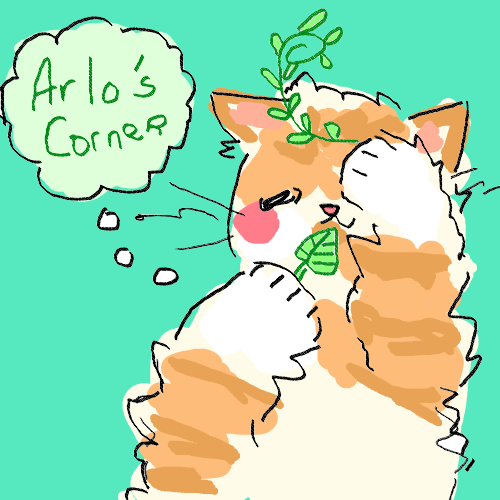Gestures Towards Divinity
by Charm Cochran
link
My perceptions of this one were probably warped due to some recent traumatic events in my personal life that I won’t go into here. Nevertheless, I greatly enjoyed this game. Especially having been familiar with Bacon’s work, seeing a game take on this subject matter was both fascinating and incredibly emotionally resonant.
Through conversations with Bacon’s paintings, the player converses with Bacon’s former lover and muse, George Dyer, at various stages of his life (and death), a fury, and ultimately with Bacon himself.
But it is the others, the security guard and Jude, the barista, that my mind is drawn to as I think back on the game now. These two offer a kind of stand-in for potential player/audience reactions, asking questions that have surrounded Bacon’s works since they were first shown: Are the paintings terrible and beautiful and to be admired, like the security guard believes? Do they show the dark side of human nature in ways that are valuable? Or are they merely morbid, horrific, and exploitative, like the barista says?
I’ve recently been reading Ten Steps to Nanette, and thinking about Hannah Gadsby’s engagement with trauma and art. Their recent show at the brooklyn museum is a kind of takedown of Picasso and his own exploitative and horrific actions. Maybe that’s the only way the barista would approve of Bacon’s work being displayed: alongside explicit condemnation.
There are ways to engage with such troubling art. This game is, in my mind, a good example of that kind of useful engagement, and one I highly recommend playing to experience for yourself. It gave me a lot to think about, and is a game that I’m sure I’ll remember for a very long time.
Side note: Some players mentioned disliking the long descriptions in other reviews. I’m wholeheartedly in favor of them exactly the way they are. I found myself noticing details in the paintings I wouldn’t have otherwise, and the descriptions were a good mix of interpretive and descriptive. Those descriptions, along with the nuanced characterizations and complex themes, were definite highlights of the game for me.
Additional side note: I really loved Jude, the barista’s, character in the context of the larger game. She is the only one who offers major resistance to the player character’s questioning, and talking to her is a real moment of, “Oh, wait. This is probably how most people would respond to being asked this stuff by a total stranger.” It’s a notable contrast after spending so long steeping in trauma with the other NPCs; entering the paintings is like wading through open wounds, and Jude’s character brings things into perspective in a way that’s wonderfully jarring.

![]() )
)